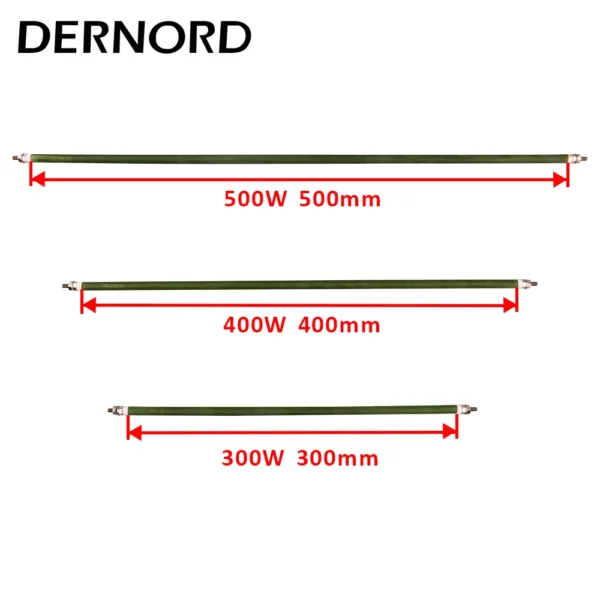Blog
Nuclear Flux Transmitters: Safety in Critical Applications

Nuclear flux transmitters play a vital role in ensuring the safe operation of nuclear facilities by monitoring radiation levels. These devices are essential for detecting and measuring neutron and gamma radiation, providing data that is crucial for maintaining safety protocols, operational efficiency, and regulatory compliance. Their reliable functionality is paramount in preventing accidents and ensuring the protection of both personnel and the environment.
Importance of Calibration
Calibration is a crucial step in maintaining the operational integrity of nuclear flux transmitters. It ensures that the measurements obtained are accurate and representative of the actual radiation levels. Inaccurate measurements can lead to significant safety risks and regulatory breaches. The following outlines critical calibration steps that should be adhered to:
Calibration Steps:
- Use Certified Radiation Sources: Always utilise radiation sources that are certified for calibration checks to ensure the accuracy of the readings.
- Adjust Settings Based on Facility-Specific Guidelines: Customise settings according to the specific operational guidelines and requirements of the facility to accommodate varying operational conditions and radiation types.
- Validate Accuracy Across Operational Ranges Regularly: Conduct routine validations across the entire operational range of the system to confirm consistent performance and reliability.
Maintenance Procedures
Regular maintenance of nuclear flux transmitters is essential for their longevity and accuracy. Comprehensive maintenance procedures not only enhance the lifespan of the equipment but also ensure it remains compliant with safety standards. The following maintenance steps are recommended:
Maintenance Steps:
- Conduct Comprehensive Checks of Electronic Components: Perform regular inspections and tests on all electronic components to identify any signs of wear or malfunction.
- Inspect Shielding and Protective Casing for Integrity: Regularly check the shielding materials and protective casings to ensure that they remain intact and effective in preventing radiation leakage.
- Maintain an Updated Log of All Maintenance Activities: Keep a comprehensive log of all maintenance procedures, observations, and corrective actions taken to facilitate oversight and future audits.
Conclusion
In conclusion, the safety and efficacy of nuclear flux transmitters in critical applications depend heavily on proper calibration and maintenance protocols. Adhering to rigorous calibration and maintenance practices not only promotes optimal performance but also ensures compliance with regulatory standards, ultimately safeguarding human health and the environment. Continuous training of personnel in these procedures can further enhance operational safety in nuclear facilities.














![React Native - The Practical Guide [2025]](https://img-c.udemycdn.com/course/480x270/1436092_2024_4.jpg)


